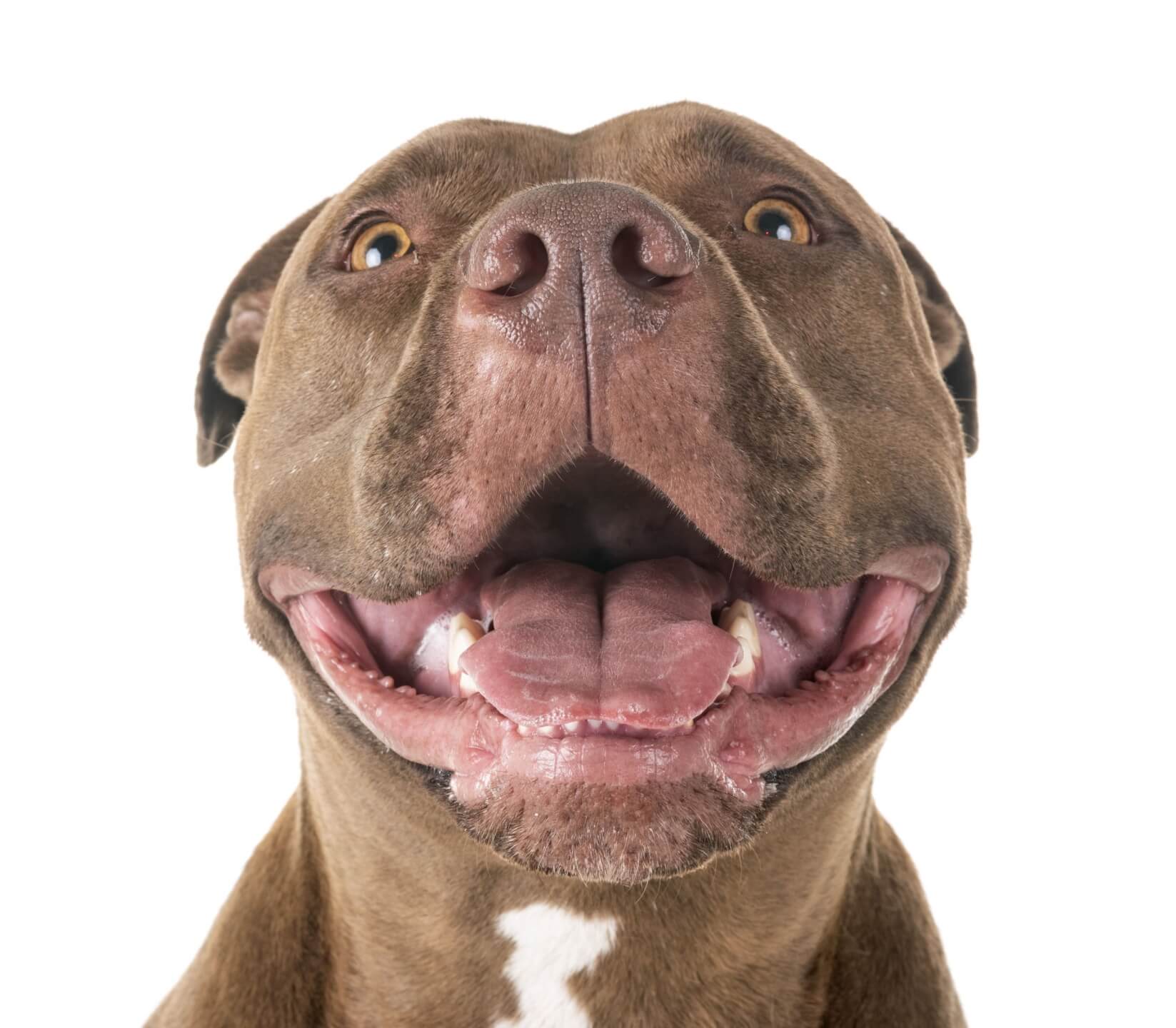
Dogs are very much like people. Some prefer certain activities, some have a very specific routine, and some enjoy being alone while others love being in a group. Some dogs are extroverts; they love to be around other dogs and people, while others are introverts who prefer to be alone.
And just like people, some dogs can be a little more anxious than others, and those dogs can have a harder time being around other dogs. But what does anxiety look like in dogs? How can you tell if your dog is anxious, and what can you do about it?
The first thing to remember: dogs can’t talk. So just like people, they may not show signs of anxiety or they may hide their anxiety with aggression. It’s important to know which symptoms to look for and how to respond to them. You can read more here: https://animalheed.com/got-an-anxious-pup-heres-how-you-can-deal-with-it/
Most common symptoms of dog anxiety
- Stiff posture (especially when meeting new people)
- Ears pulled back and eyes showing the whites (as if in a defensive position)
- Loose stools
- Pacing (especially when meeting new people or in new situations)
- Excessive licking
- Shaking or trembling
- Aggression (growling or biting)
- Nervous or anxious behavior around new dogs or people (hiding, shaking, excessive barking)
Where does dog anxiety come from?
Sometimes a dog will have anxiety for no reason at all or even for a very specific reason (like a car accident). Sometimes dog anxiety can be a sign of something more serious like a medical condition. Dogs who are kept outside in constant fear of the unknown (like a new neighbor or construction down the street) can develop anxious behaviors that worsen over time.
Don’t leave your dog alone!
Andy
Dogs who are left alone for long periods of time may become anxious around their owner’s return home after a long day at work. Dogs who are in constant fear of being left alone may develop anxiety that results in destructive behaviors when the owner leaves. Children who don’t take time to gently introduce their dogs to new people or animals can also trigger anxious behaviors in their dogs.
Dogs who are used for breeding purposes may develop stress-related illnesses brought on by long hours and very little contact with their human caregivers. The same goes for dogs who are used for show purposes; they are often kept in kennels all day with very little human contact, which can also lead to stress-related illnesses.
Dogs who live in an area with frequent storms may develop storm anxiety where they shake and tremble at the sound of thunder or lightning.
Dogs who have been abused or have lived in abusive homes may also develop anxiety as a result of their past experiences.
Some dogs will experience stress-related illnesses with no warning signs whatsoever; it’s possible for a dog to be perfectly healthy one day and then suddenly become sick as a result of stress.
The point is that dog anxiety can be caused by a number of things, and it’s important for owners to take note of symptoms (even if they seem minor at the time) and possible triggers so they can keep their dog as healthy as possible.
If you notice your dog exhibiting any of the symptoms listed above, it’s important to talk to your veterinarian. Your vet will be able to determine if your dog is experiencing anxiety as a result of a medical condition (such as heartworm, arthritis, etc.) and can recommend solutions based on your dog’s temperament and personality.
If your dog is exhibiting symptoms of anxiety that you think maybe brought on by environmental triggers (such as being left alone too long), it’s important to discuss that information with your vet as well so you can work together to find solutions that will benefit both you and your dog.
What should I do about my anxious dog?
If your dog is showing signs of anxiety, there are several things you can try: Get your dog used to new things gradually.
It’s best to introduce new people, animals, and new situations slowly so your dog has time to get used to them before any problems arise.
You should also try to introduce new situations during times when there are few distractions; this makes it easier for your dog to focus on the new thing rather than getting distracted by other noises and smells.
For example, it’s better to bring home a new puppy when there aren’t any storms (so your dog doesn’t associate the puppy with thunderstorms).
It’s also better to bring your puppy home when there aren’t any guests around so it has time to get used to being around people before having to socialize with them as well. Many dogs will react negatively when they are forced into an unfamiliar situation; this is especially true when dealing with social situations.






